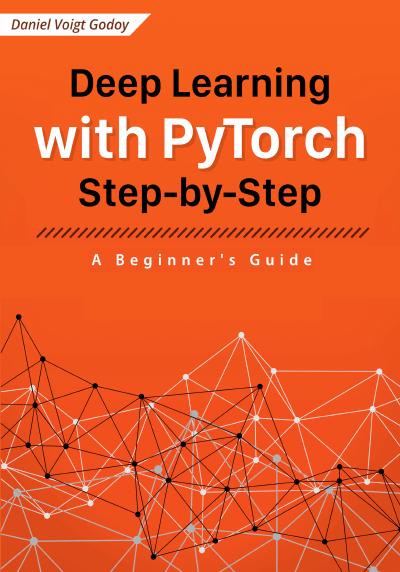
English | 2022 | 1045 Pages | PDF, EPUB | 57 MB
If you’re looking for a book where you can learn about Deep Learning and PyTorch without having to spend hours deciphering cryptic text and code, and that’s easy and enjoyable to read, this is it
The book covers from the basics of gradient descent all the way up to fine-tuning large NLP models (BERT and GPT-2) using HuggingFace. It is divided into four parts:
- Part I: Fundamentals (gradient descent, training linear and logistic regressions in PyTorch)
- Part II: Computer Vision (deeper models and activation functions, convolutions, transfer learning, initialization schemes)
- Part III: Sequences (RNN, GRU, LSTM, seq2seq models, attention, self-attention, transformers)
- Part IV: Natural Language Processing (tokenization, embeddings, contextual word embeddings, ELMo, BERT, GPT-2)
This is not a typical book: most tutorials start with some nice and pretty image classification problem to illustrate how to use PyTorch. It may seem cool, but I believe it distracts you from the main goal: how PyTorch works? In this book, I present a structured, incremental, and from first principles approach to learn PyTorch (and get to the pretty image classification problem in due time).
Moreover, this is not a formal book in any way: I am writing this book as if I were having a conversation with you, the reader. I will ask you questions (and give you answers shortly afterward) and I will also make (silly) jokes.
My job here is to make you understand the topic, so I will avoid fancy mathematical notation as much as possible and spell it out in plain English.
In this book, I will guide you through the development of many models in PyTorch, showing you why PyTorch makes it much easier and more intuitive to build models in Python: autograd, dynamic computation graph, model classes and much, much more.
We will build, step-by-step, not only the models themselves but also your understanding as I show you both the reasoning behind the code and how to avoid some common pitfalls and errors along the way.
I wrote this book for beginners in general – not only PyTorch beginners. Every now and then I will spend some time explaining some fundamental concepts which I believe are key to have a proper understanding of what’s going on in the code.
Maybe you already know well some of those concepts: if this is the case, you can simply skip them, since I’ve made those explanations as independent as possible from the rest of the content.
HomepageResolve the captcha to access the links!